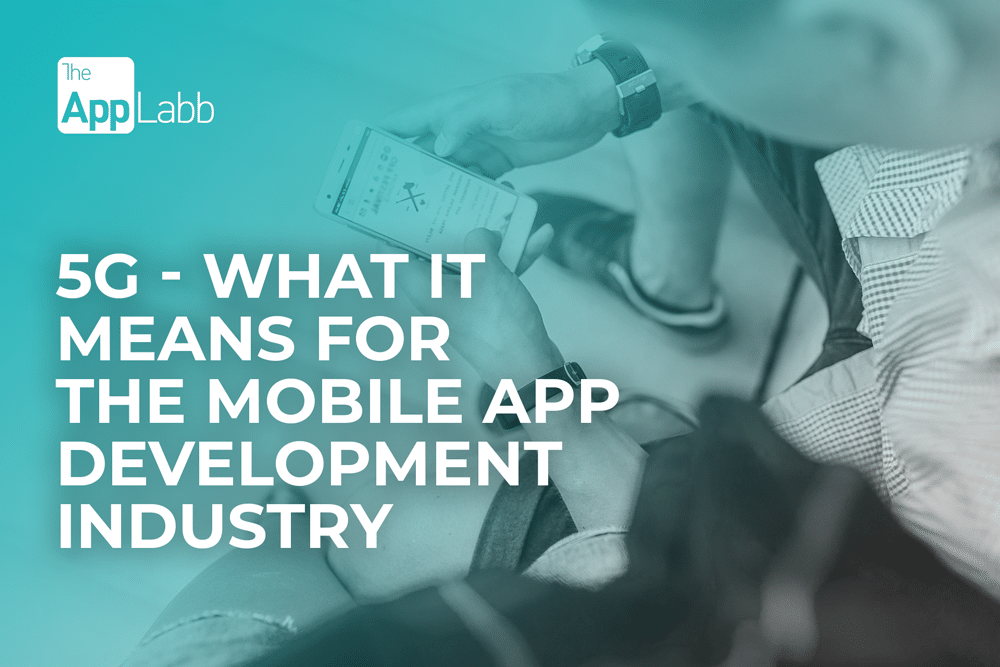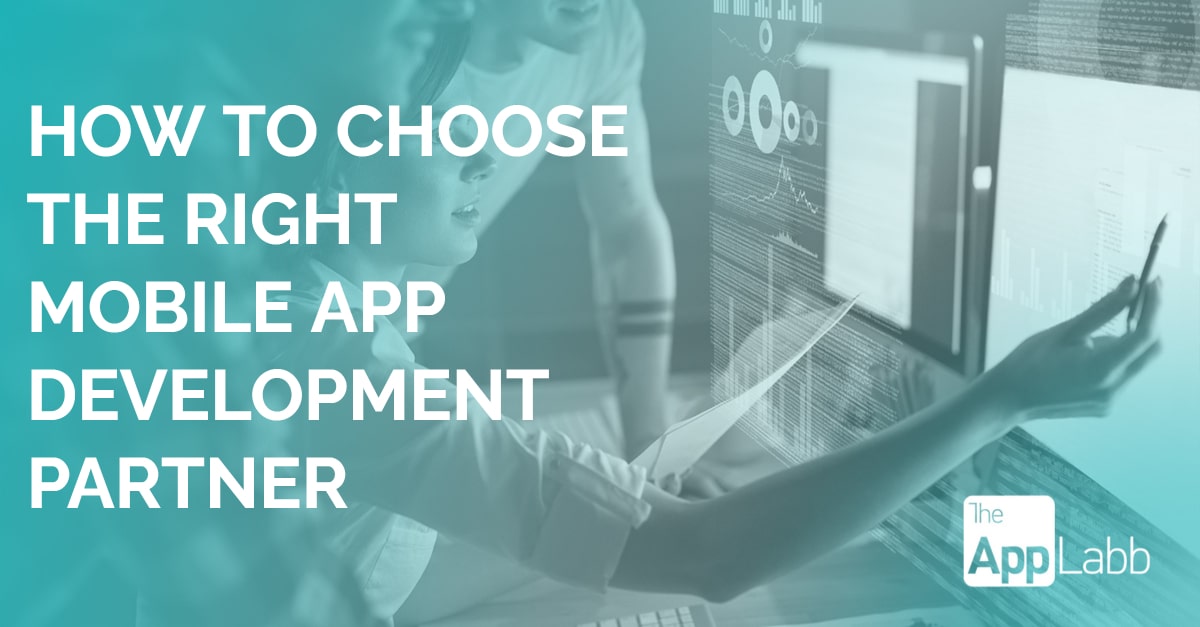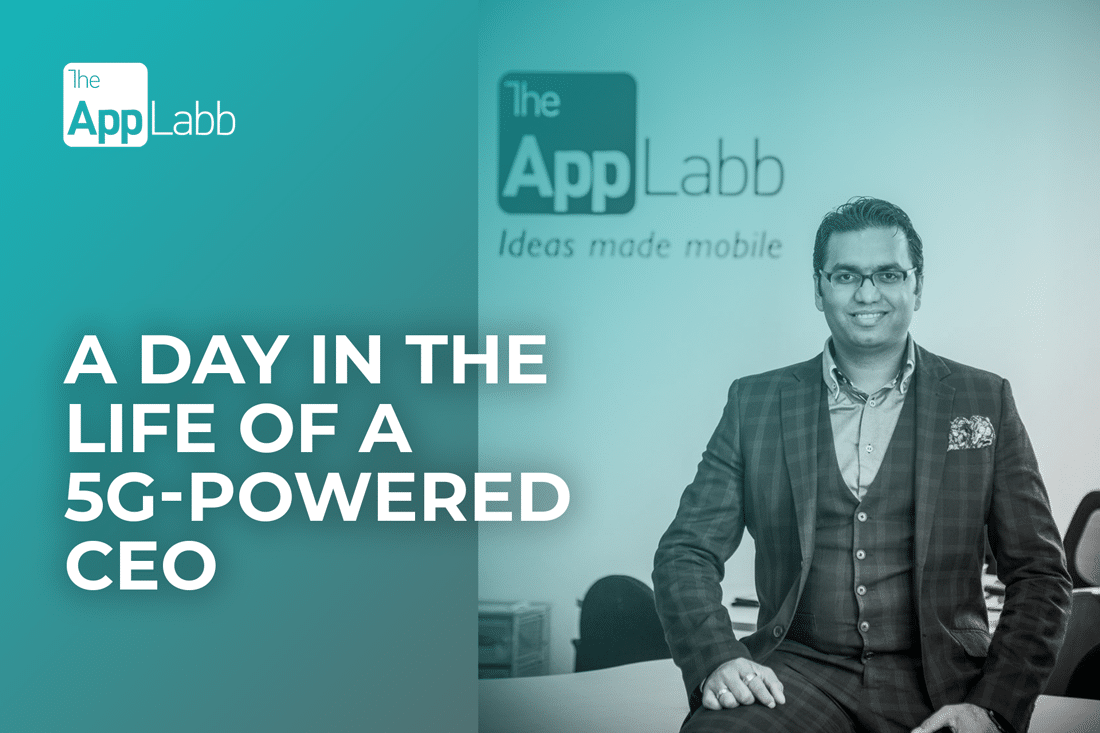[vc_row type=”in_container” full_screen_row_position=”middle” scene_position=”center” text_color=”dark” text_align=”left” overlay_strength=”0.3″ shape_divider_position=”bottom”][vc_column column_padding=”no-extra-padding” column_padding_position=”all” background_color_opacity=”1″ background_hover_color_opacity=”1″ column_shadow=”none” column_border_radius=”none” width=”1/1″ tablet_text_alignment=”default” phone_text_alignment=”default” column_border_width=”none” column_border_style=”solid”][vc_column_text]There’s a reason why technology companies are trumpeting the arrival of 5G technology: it’s fundamentally different from previous generations like 3G and 4G. 5G will enable creativity and innovation at a scale we’ve never seen before.
For mobile app development companies like ours, it’s a totally new paradigm, and now’s only just the beginning of what we’ll be able to imagine and create. We work with clients across a wide number of industries to create mobile app experiences from self-serve pizza kiosks to complex delivery and warehouse management solutions. Every day we work with our clients to solve unique challenges faced by their customers and clients by creating mobile apps that are intuitive, personalized and create a seamless path to the intended goals all through their mobile devices.
Up until now, we have been largely limited by the available connectivity and the subsequent restraints like lack of service on subways or processing speeds to provide immediate user data.
As 5G rolls out both globally as well as locally in Canada through TELUS’s 5G network, it brings with it the promise of not only huge improvements in connectivity but also in the real-time data processing that comes with this reliable connectivity.
Here are some quick facts from the team at GSMA, a worldwide communications association, on the mobile economy:
- 5G will account for 15% of the global mobile industry by 2025
- 5G will deliver connectivity speeds of approximately 10 gigabits per second (10-times faster than existing wireless technology)
- Present day 4G networks have an average latency of 50 milliseconds – 5G networks will cut the latency to just one millisecond, leading to less network interference and delays – this represents a 50X change in processing speeds
- 4G networks can only support approximately 2,000 connected devices per 0.38 miles, while 5G will support up to 1 million connections in the same area – this represents 500X the number of connections available
*GSMA 2020 Global Report on Mobile Economy
As people incorporate increasingly more devices into their daily lives, 5G connectivity will be a game changer, ensuring that each of those devices is able to fully leverage the immediate benefits
Highest-impact industries
It might be easier to imagine the impact of 5G in our day-to-day lives by looking at some of the core industries that will see the biggest gains in the near future as this technology rolls out globally.
The hybrid workforce – workplaces in a 5G world*
As we look ahead to a post-pandemic work world, 5G has the potential to vastly improve the experience of employees embracing a hybrid work model. It will also take away current pain points around video conferencing and the ability to create immersive presentations for employees working remotely. Video calls, regardless of the location of the user, will become crisp and clear, and pinwheels and loading bars will become a thing of the past. Even those tasks that we currently take for granted, such as file sharing or cloud-based collaboration platforms, will see significant improvements due to the exponentially faster processing abilities 5G will allow.
People with vision or hearing impairments will also benefit from real-time voiced screen readers, automatically generated captions and sound notification capabilities.
All together, 5G has the potential to offer employers and employees an opportunity to create high-functioning teams with a mix of in-office and remote working models, which more teams are looking to retain as we move past the pandemic. This means that all employees, whether working in the office or remotely, using their desktop or mobile devices, will have access to the seamless functionality that 5G connectivity will allow.
Take, for example, a retailer who is looking to make real-time decisions on store displays or layout decisions at the HQ level. By using platforms enabled by VR and AR and unencumbered by connectivity issues, merchandisers in stores and marketing teams in the office can now test and visualize in-store displays and product placements alongside real-time retail data, creating time saving tools for in-store teams to seamlessly roll out new products or layout changes in brick-and-mortar stores.
Travel, transportation and tourism
The travel and tourism industry could see huge value-add services such as real-time translation services, mapping and wayfinding, with potentially significant safety improvements for tourists travelling abroad. Any apps created for the tourism industry could now benefit from vastly improved processing capabilities and offer global travelers real-time information based on their location, activities and country-specific language needs.
Of course this also means that any services dependent on precise geolocation technology, such as maps and wayfinding apps, will have notable improvements on accuracy and allow for AR visualization like maps overlaid on the physical city infrastructure. This runs much deeper than simply basic directions, as apps of this nature will have the ability to send immediate push notifications to drivers in the direct vicinity potentially impacted by major safety concerns, such as accidents or public safety incidents.
The transportation industry and the penetration of smart cars will benefit immensely from 5G technology. Cars are now being built that can make complex decisions in real-time based on the data they “see.” This can affect everything from simple lane changes to safety decisions such as route diversions or warnings of changes in speed or accident location data.
The team at Gartner published a report in 2019 which predicts that “in 2023, the automotive industry will become the largest market opportunity for 5G IoT solutions. It will represent 53% of the overall 5G IoT endpoint opportunity in that year.” It also predicts that “5G-connected cars actively connected to a 5G service will grow from 15% in 2020 to 74% in 2023”. This is a massive opportunity presented by a 5G-connected world for those companies building these connected car experiences.
Smart homes, gaming and home entertainment
Vast improvements will also be seen at a personal level as more and more homes become deeply dependent on smart devices. Currently, smart home applications such as security surveillance products are deeply dependent on home broadband links. 5G signal strength will mean that multiple video streams can be uploaded simultaneously and provide homeowners with real-time video and voice information direct to their mobile phones from their security systems without overly burdening their home broadband and impacting other devices connected to the network.
This also means that households who have multiple gaming devices, streaming services, connected televisions, home assistant devices and smart home operating systems like thermostats will see vast improvements in overall quality, speed and real-time data insights for users. All this without being impacted by the number of devices versus available connectivity. A recent article from Intel.co.uk cites the biggest impact of 5G will be the “ability to provide a low-power wide-area network (LPWAN) making (sic) it ideal for running smart home products that require constant, reliable connectivity.”
The gaming industry itself will see huge changes as 5G becomes widely available. Gamers are currently desktop-bound due to connectivity issues that severely impact the overall experience of games that rely on streaming, video and multiplayer functionality. This huge change to connectivity will mean gamers will be able to enjoy these state-of-the-art experiences with other players globally, whether they are sitting in their living rooms or riding the subway to work.
A recent article by Mobile Syrup also talks to the way 5G will shift hardware requirements for gaming away from consumers. “Through services like Google Stadia or Microsoft xCloud, Canadians can stream video games over the internet to any supported screen, removing the need to upgrade your PC or console every few years to play the latest games with the highest quality settings.”
This also holds true for any app experiences deeply reliant on streaming services, such as movies or video. Users will now be able to seamlessly experience these apps and platforms without interruption as they move from their homes to public transportation or even traveling globally.
AI, VR, voice recognition, OCR
New and emerging technologies like Augmented Reality (AI), Virtual Reality (VR), Object Recognition and Voice Recognition software will see huge improvements overall. We will likely see a much wider adoption across the board with customer-facing businesses looking to create unique experiences for their customers. We are almost certainly going to see a re-emergence of devices such as smart glasses as the barriers of connectivity and real-time data processing are removed.
As an example, think about a trip to a home goods store and how these types of tools can provide real-time decision support for consumers. Folks shopping for home furniture or home decor will have the ability to use devices such as smart glasses to “picture” their living rooms in real-time by adding pieces of furniture and home decor virtually to determine their best fit or personal taste prior to purchase. Paint swatches are now virtually and instantly applied to an entire room in different light scenarios so people can make informed decisions.
Healthcare
The healthcare industry stands to gain advancements with the ability to widely use technology such as AR and VR. Remote communities, currently underserved and severely limited by connectivity, will now see significant improvements across the board. Communities will now be able to leverage recognition technology for not only diagnosis, but also for doctors and surgeons in large city centres to assist remotely in operations using VR and AR software.
A recent HealthTech article cites research by Aliied Market Research that indicates the market for virtual and augmented reality in healthcare is expected to reach $2.4 billion by 2026 and includes use cases that include pain management, memory care and medical training, among other things. The impacts for patients, particularly in smaller or underserved remote communities, is life-changing as a result.
Let’s take, for example, fitness tracking apps and devices such as smart watches or health wearables in general. With 5G connectivity, data collected on these devices or through body sensors will now have the ability to provide usable insights in real-time, such as performance metrics like heart rate, allowing users to adjust accordingly.
This type of real-time feedback will also have a significant impact in the health industry by providing patients with instant notifications around key indicators like blood sugar, changes in breathing or heart rates, or even changes in speech with Voice Recognition software. Currently, patients and their healthcare providers have access to some forms of this data, but generally it is after the fact and can only inform distant or near-future behaviour. In a 5G-connected world, patients can have this data processed in real-time, providing them insights to change behaviour immediately to prevent potentially life-threatening changes to their conditions.
Smart cities
Cities both large and small will also stand to benefit from the significant benefits of a 5G connected environment. Massive efficiencies and improvement decisions will now be based on real-time data collected at key source points. If we take the example of the commuter experience, this has exciting implications. With the geo-location capabilities offered by 5G, cities can now make informed decisions solely based on user and density data. This certainly means greater efficiency (read: cost savings) across the board, but it also means that citizens benefit from a user data-based schedule that adapts as their needs change and evolve.
The team at McKinsey recently published a report that linked smart city technology to huge gains in overall experience for users of public transport. “Using digital signage or mobile apps to deliver real-time information about delays enables riders to adjust their routes on the fly.” The report also speaks to the benefit of “installing IoT sensors on existing physical infrastructure [so they] can help crews fix problems before they turn into breakdowns and delays.”
This also means that cities and communities can prioritize infrastructure improvements such as walkways, bike paths and safety improvements solely based on user-generated data and usage. Municipal services like libraries and community services will now be able to provide world class connectivity to all members of the community regardless of location and can offer virtual experiences for parents, children, students and community members remotely.
Public safety – police, firefighters, EMTs
The implications for community services such as firefighters, policing and even the military are massive. These essential services will now have the ability to use real-time data collection through smart city sensors and user inputs to provide much-needed services more efficiently and safely.
A recent article on CNN.com outlined how Qwake technologies are using augmented reality to outline the environment firefighters are seeing in the dark while they fight fires. The same article also looks at a prototype smart street lights made by the company ShotSpotter that would record everything happening on a street and then automatically notify police of any gunshots, transmit video from the area and even adjust the lighting in the area as police arrive to investigate.
If we think about the implications of disaster- or weather-related emergencies, the response to these emergencies with 5G-enabled technology is more efficient as the first responders are supplied with more detailed information from the scene in real-time. This means they show up with the right resources quickly and save lives in the process. It also means that services such as police and crowd response personnel can access real-time information from crowd-sourced data inputs in the area and centralized information from video in order to make more informed decisions.
Education
5G connectivity will have a huge impact for students from junior kindergarten through to post-secondary education. The biggest impact will be found around equality and access as students, regardless of location or financial status, will now have access to state-of-the-art connectivity and improvements to education resources currently impaired by connectivity issues.
University students from remote communities who may not have the means to attend in-person will now potentially have the ability to access world-class education experiences with immersive learning platforms currently unavailable due to connectivity challenges.
For students who are learning off-campus, this also means that education institutions now have access to immersive learning and educational app experiences free from connectivity barriers. A recent article from Ed Tech magazine indicates that recent research is backing up the effectiveness of teaching that engages students in “collaboration, problem-solving and two-way communication with instructors”. 5G and the ability to offer lightning-fast download and video streaming between teacher and student means that this type of immersive learning will be a reality for thousands of students in the very near future.
Student campus experiences like safety will be positively impacted as campus security will be able to leverage real-time data collection to keep students safe through push notifications on their mobile devices.
Corporate gains
There will be huge impacts for companies both large and small as well. A smart factory, for example, will see significant improvements in the overall cost of doing business as the reliance on multiple sensors within a factory setting is now removed. Currently large warehouses and factory settings are deeply reliant on hundreds of bluetooth sensors that are still restrained by relatively short range.
The team at Supplychaindive.com recently published an article outlining the current limitations of 4G in that it was never designed to “support mass IoT deployment where hundreds or even thousands of devices communicate in a warehouse.” 5G connectivity bypasses the need for sensors and instead provides instant connectivity that enables all steps of the process from order receipt to loading trucks with merchandise, and everything in between.
This means companies will be able to find efficiencies in the process, improve employee productivity and overall experience and potentially find significant cost savings through these real-time data-informed improvements and the use of IoT technology systems.
Businesses like restaurants and retail will now have opportunities to reach customers as they pass storefronts and provide location-based offers and experiences. A restaurant experience in the near future could include a special offer as a passerby gets within one metre of the restaurant, provide menus and daily specials, and also include requests for customer feedback as you exit.
This will have a significant impact for restaurants looking to cash in on the tourism industry as people explore new places with the benefit of crowd-sourced review apps that present information based on location.
Geo-location services for business will also see a significant improvement as 5G technology rolls out. Let’s consider apps created that help banking customers plan to achieve financial goals as part of their day-to-day spending. With the accuracy of location now considerably improved by 5G, a financial services customer who set a goal of reducing spending on eating out could now set up notifications that would remind them of these goals as they walked directly in front of their favourite coffee shop.
This also has exciting considerations for retailers looking to entice customers across their physical store lease lines. Retailers could now leverage opted-in app location data to send personalized offers based on shopping behaviour and proximity to the retail location.
In total, users will see much deeper personalization across a number of mobile app experiences, allowing them to cut through the clutter and receive notifications and feedback that is specifically based on their needs and habits.
Accessibility
There is also a significant impact on overall accessibility for customers who are currently limited by existing software and their dependence on the availability of connectivity. Consider the experience of a shopper with vision or hearing impairments. With emerging technology such as Optical Character Recognition (OCR) and Voice Recognition software, 5G has the ability to completely transform day-to-day functions from point-of-sale payment and “reading” labels on store shelves to voice-prompted wayfinding leveraging smart city or even in-store sensors.
A recent article in Engadget outlines how OEM’s are now building devices that use AI to auto-generate subtitles for any audio playing, implement braille keyboards on their devices, and listen for specific noises to alert deaf or hard of hearing users to important situations. This is great news for app developers who can now build their experiences with these device capabilities in mind with the confidence that the speed of connectivity will allow these functions in real-time.
Big data – the 5G implications of data collection and privacy
Perhaps one of the most wide-reaching changes we’ll see will be around data – data collection, data processing in real-time and the ability to provide users with immediate insights that are currently limited by connectivity quality and network penetration. While this has and will continue to be a sensitive topic, 5G has the ability to alleviate some of the concerns around privacy of data collection as it will fundamentally change the way devices are collecting and processing data.
With more powerful and reliable connections, data that was once reliant on the cloud for collection and processing will now largely be done on the device itself. App users will be able to get the benefits and value from the data collected without sacrificing personal privacy.
A change in the way companies and government agencies look at and treat data will need deeper consideration as we move forward in a 5G-connected world. Although we will see the ability for users to more closely monitor and control their data at a device level, consumer industries will need to closely balance the ability to provide users with immediate behavior or location-based information with the appetite to receive this level of specific information.
Those currently in the data security, blockchain, cloud computing and data privacy industries are going to see a large uptick as companies, app developers and government agencies look to form partnerships with these companies as part of this rollout. Anyone leveraging the wide sweeping benefits that 5G will offer will also need to invest in infrastructure that protects user data and ensures privacy and security at every level. They will need to ensure that they are building in processes to scrub the data of identifying characteristics while still maintaining data integrity to fuel the deeply personalized experiences themselves.
Consumer trust will be essential in harnessing and rolling out app experiences that rely on data collection as part of their core offering. For instance, permission pass and opt-in experiences will need to be implicitly clear on what is being collected, how it will be used and how it will be anonymized and protected as part of the experience, so that consumers can make informed decisions about how they are using the products and services.
Companies or government agencies utilizing 5G technology such as facial recognition in public spaces will need to ensure there is complete transparency in notifying users of these spaces that the technology is being used and for what purpose.
What does this mean for the app industry?
The app industry itself and those involved in building app experiences for their clients will see massive changes prompted by the removal of connectivity and data processing barriers. We are going to see truly incredible new apps that reach towards the bleeding edge of video, streaming, AR/VR and geo-location based capabilities. We will see the ability to build life-changing experiences across core industries such as healthcare, education and accessibility services, which will have a significant impact on user experience regardless of location or socio-economic indicators.
For these companies, we will also likely see a change in the team makeup and skills repository needed to make these experiences happen. App development companies will look to add or deepen their skill sets in the areas of AR/VR, big data and data privacy, OCR and voice-enabled services.
App companies will also need to forge new or deepen existing partnerships with data security and data privacy firms to ensure that there is a balance between capabilities, consumer trust and data protection, and ensure that they can build best-in-class experiences with safety and privacy at the core.
Looking ahead to a 5G-powered future
The rollout of 5G technology will likely be one of the most significant changes to our current way of life that we have seen in the technology age.
With these changes comes the awesome responsibility of managing and protecting consumer privacy and balancing capabilities with the incredible experiences likely to come as a result of this incredible technological revolution. The biggest winner in all of this is the average person, with significant impacts on the core tenets of our communities like accessibility, education and healthcare.
Smart cities, smart campuses and real-time data-empowered emergency and infrastructure services means vast improvements to safety and city planning based on citizen-generated data and video inputs.
Removing barriers to connectivity means that those who are building apps and technology-based experiences are limited only by their imagination and a desire to create exceptional, personalized experiences from the moment you get in your smart car to drive to work to a video call with family members across the globe.
Those companies investing now in building out these experiences with this emerging technology in mind will be first to market, and those that make smart, strategic investments in data privacy, balanced with delightful and seamless functionality, will surge ahead of their competitors.
____________________
TheAppLabb is a leader in the strategy, design and development of mobile apps. We work with global brands across a number of industries to create innovative and user centric business solutions and app experiences. Have an idea? Tell us about it.
[/vc_column_text][/vc_column][/vc_row]




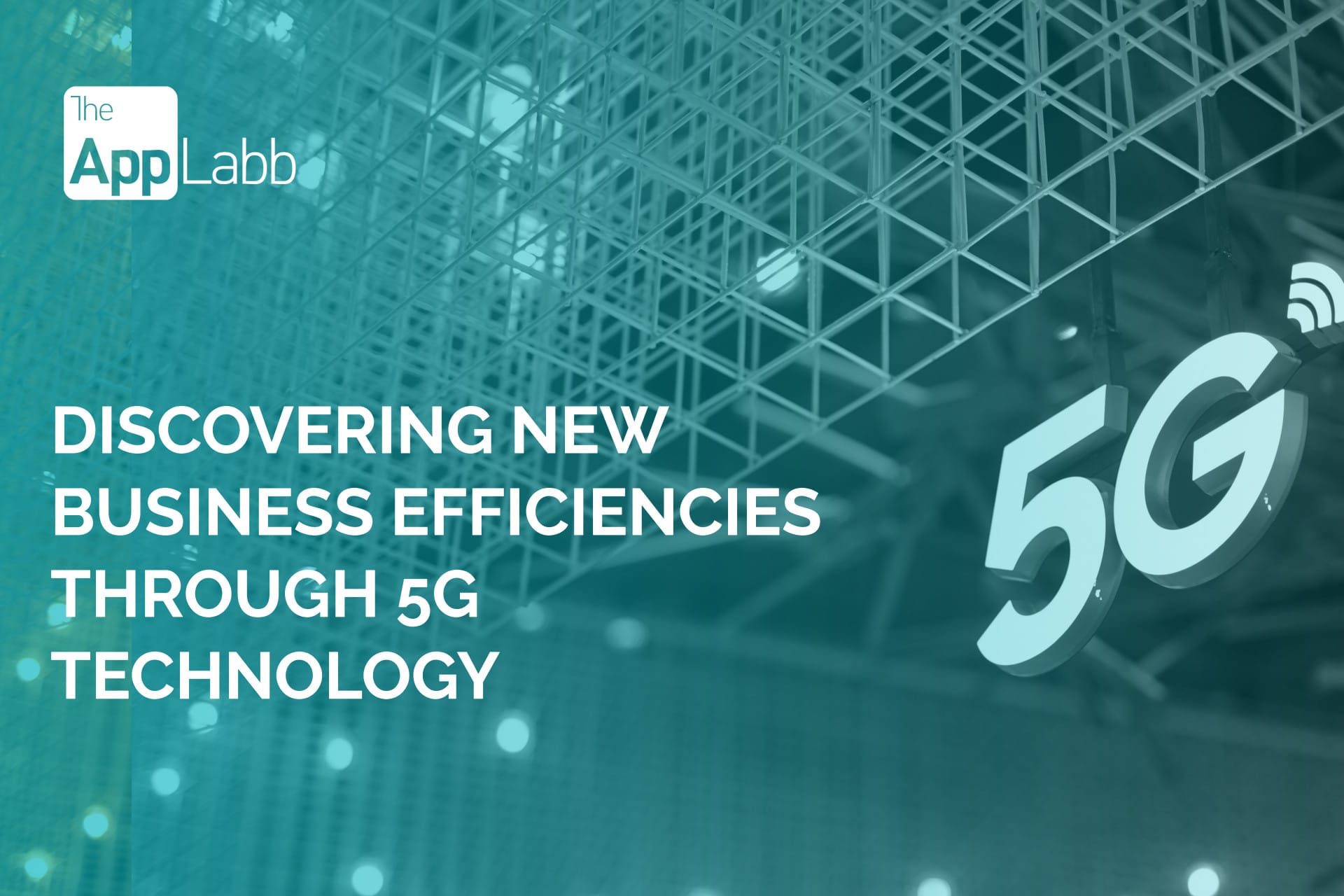
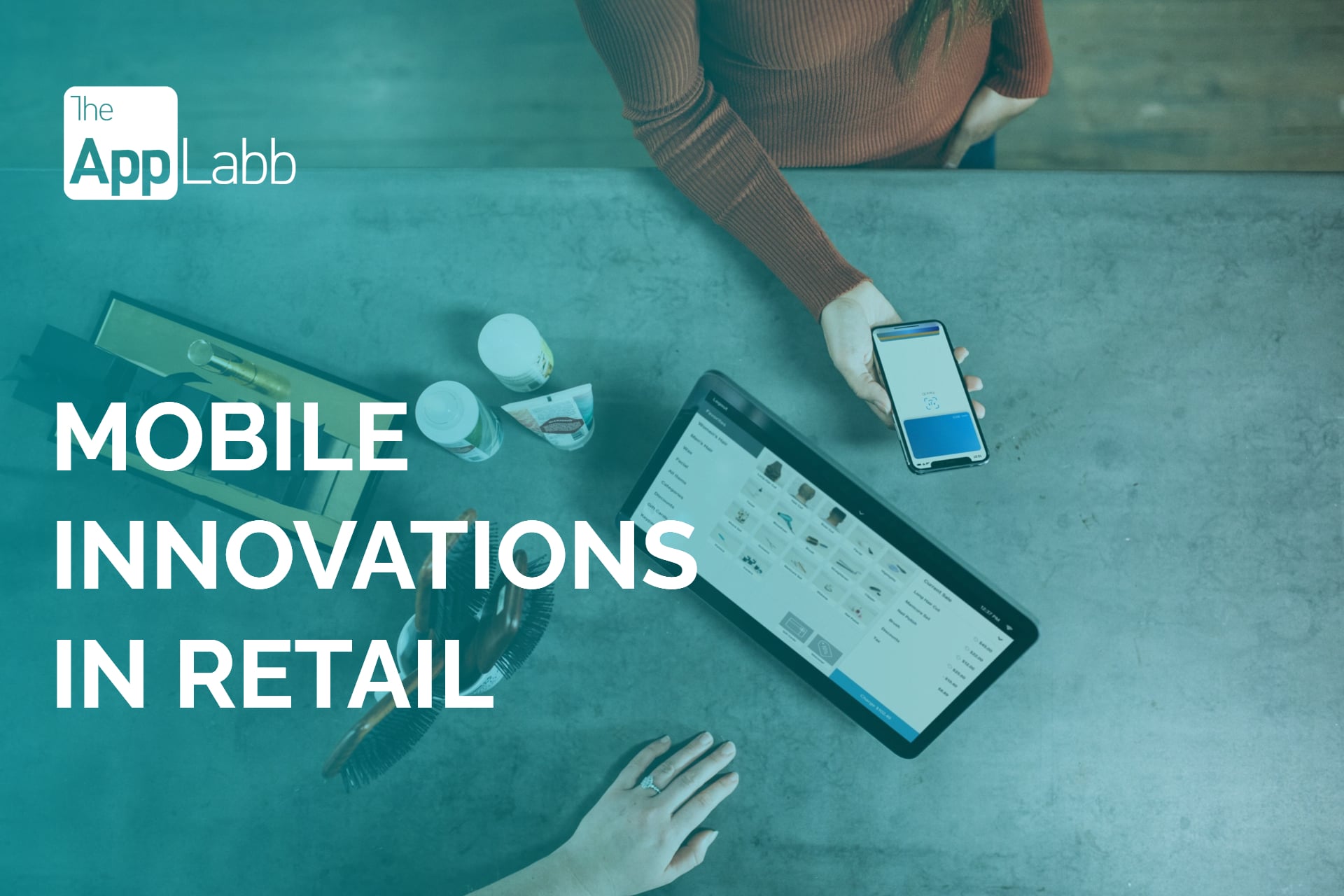


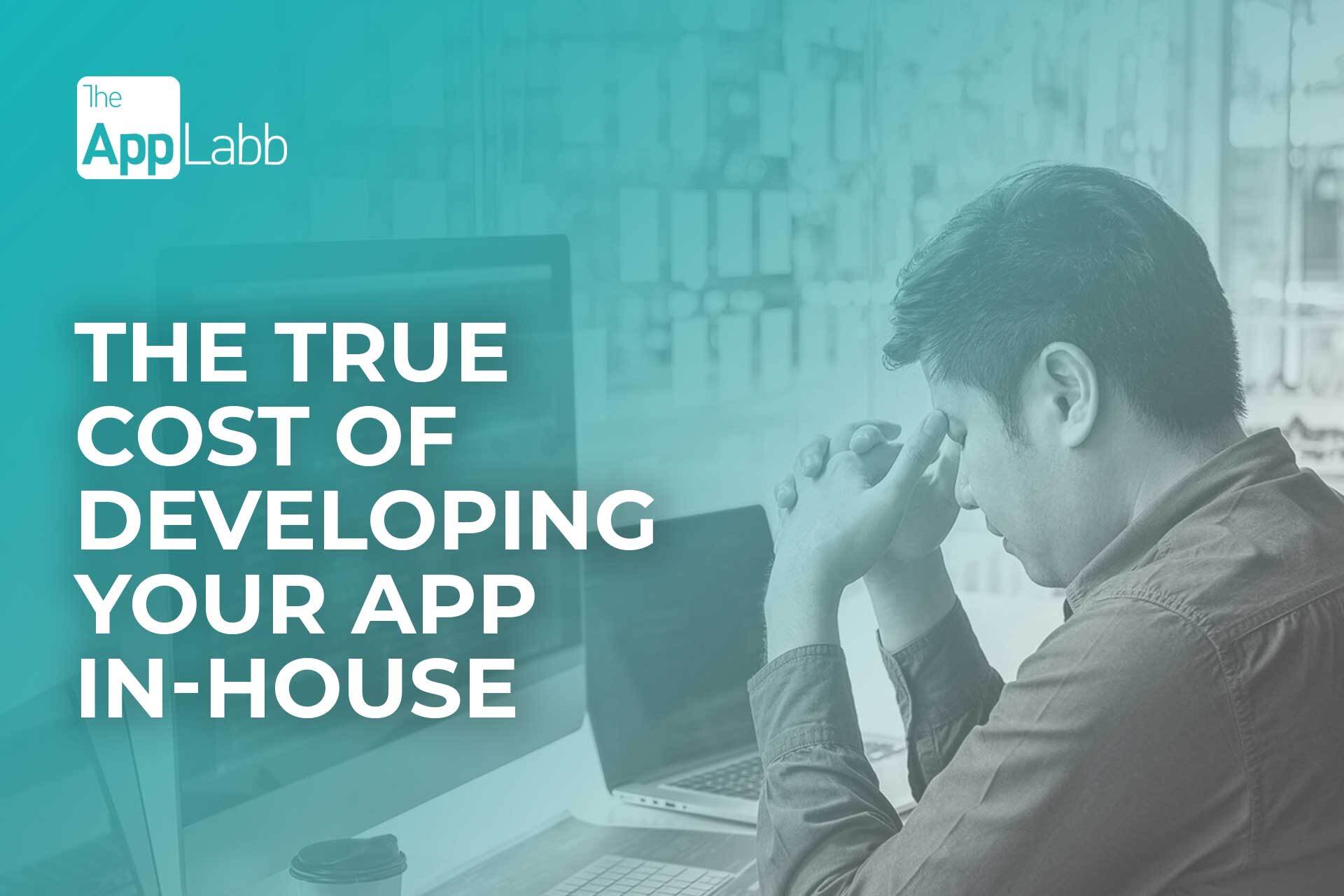



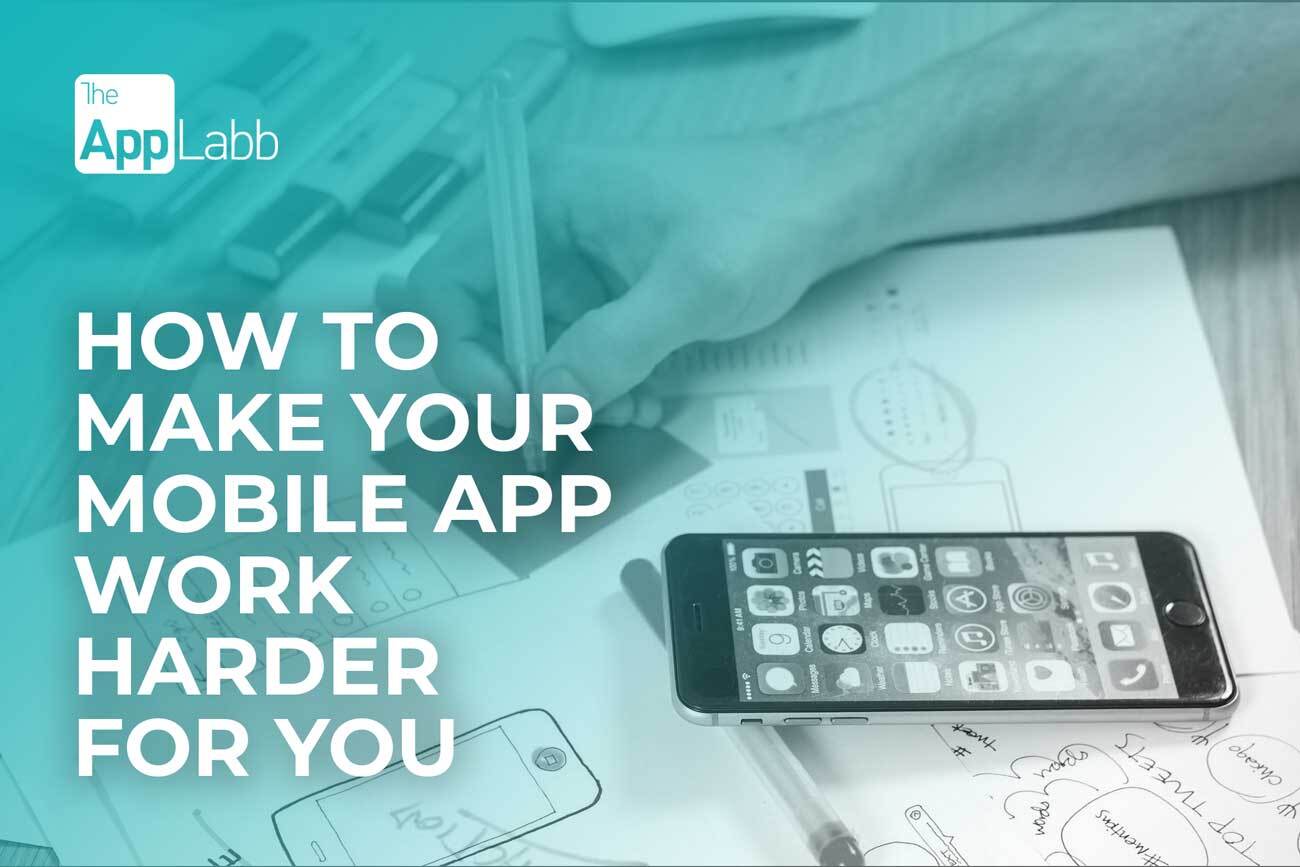
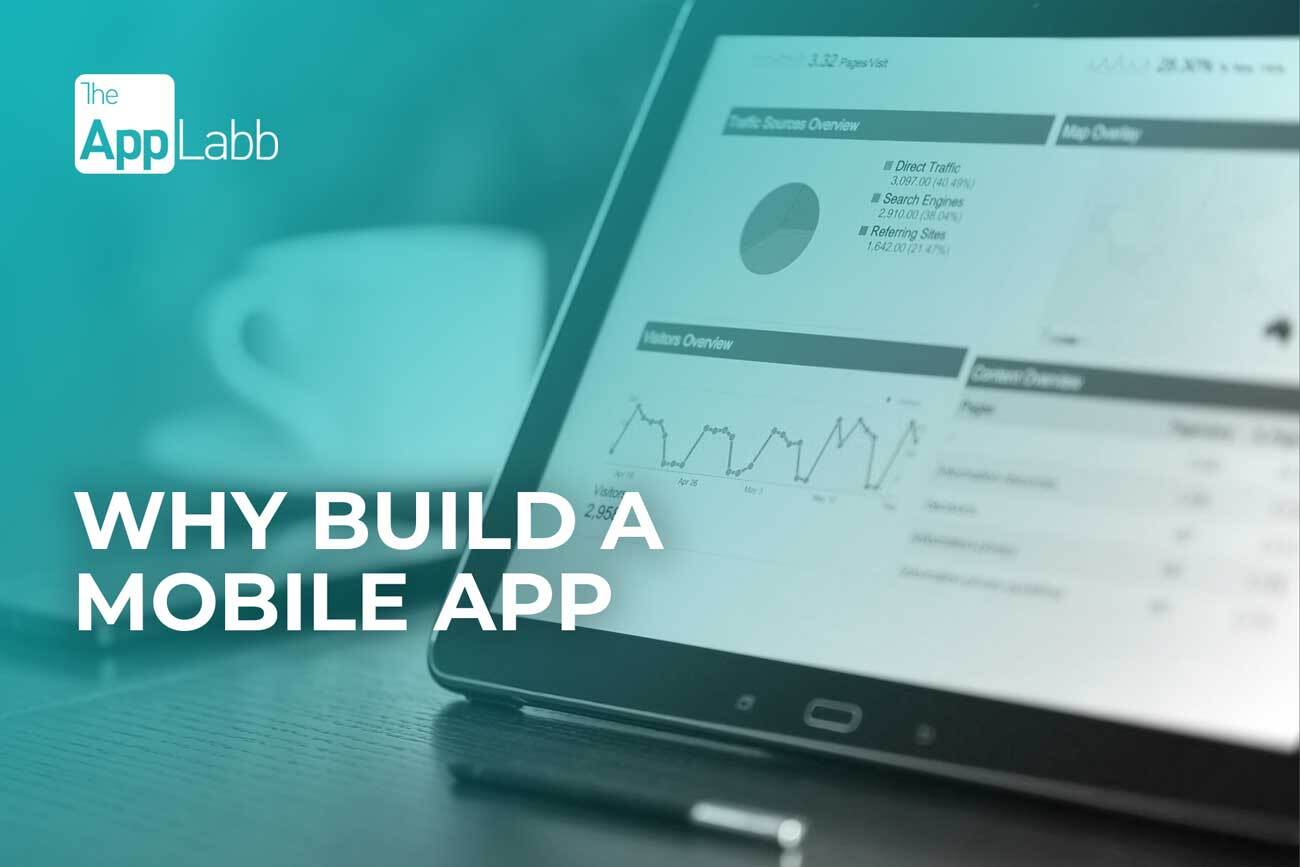
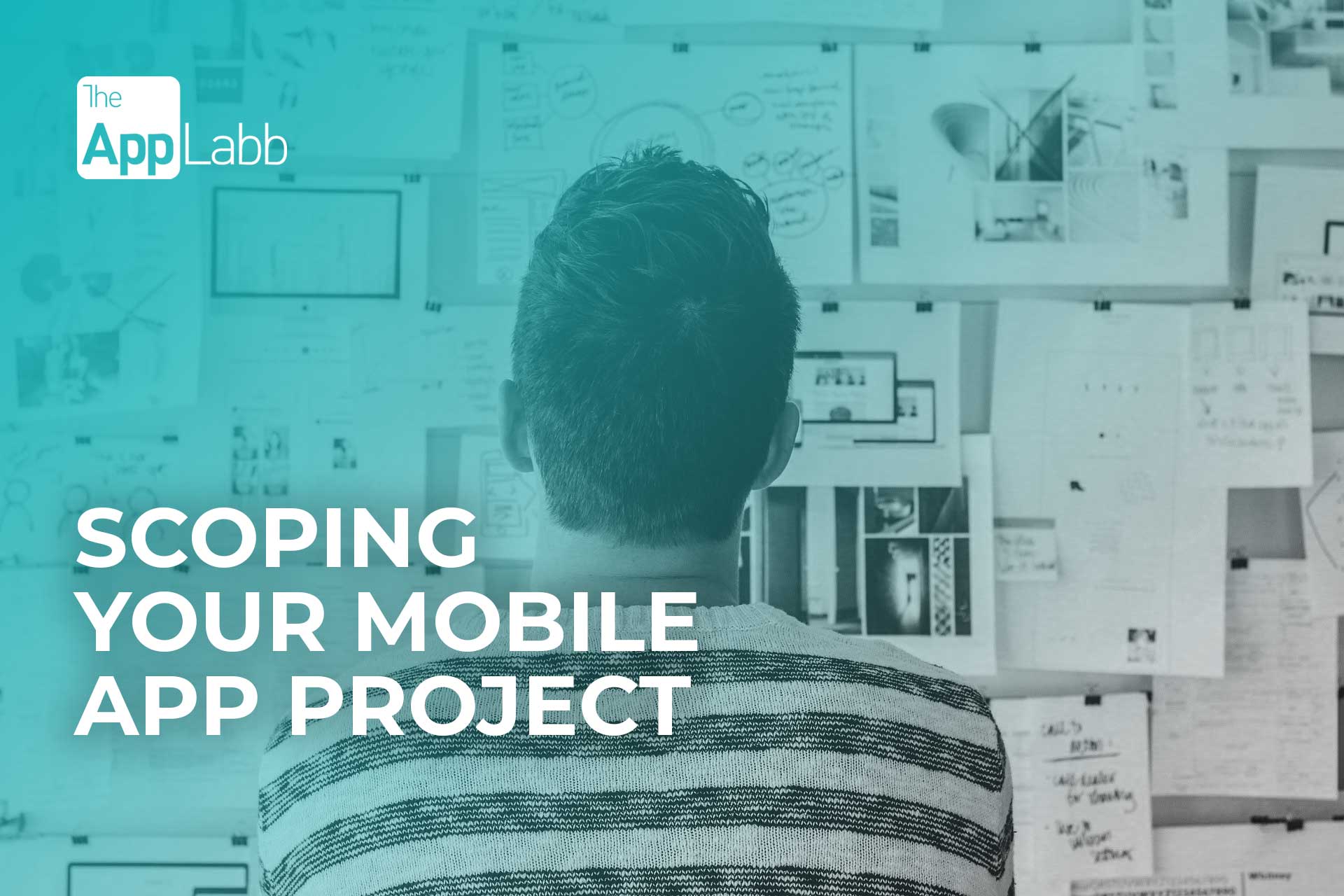
 Often, the initial questions you should ask yourself are so broad that they can completely escape you.
Often, the initial questions you should ask yourself are so broad that they can completely escape you. 

